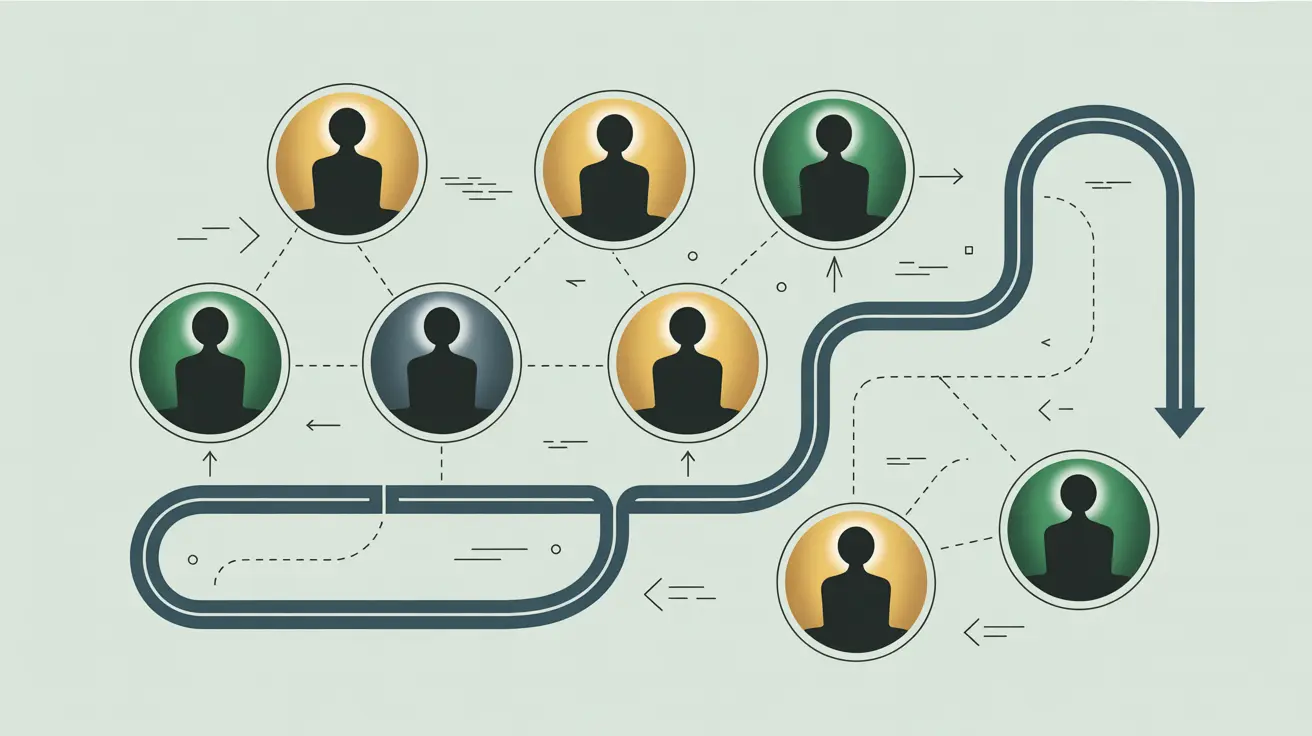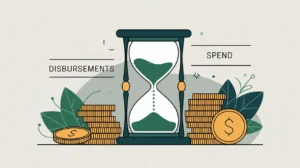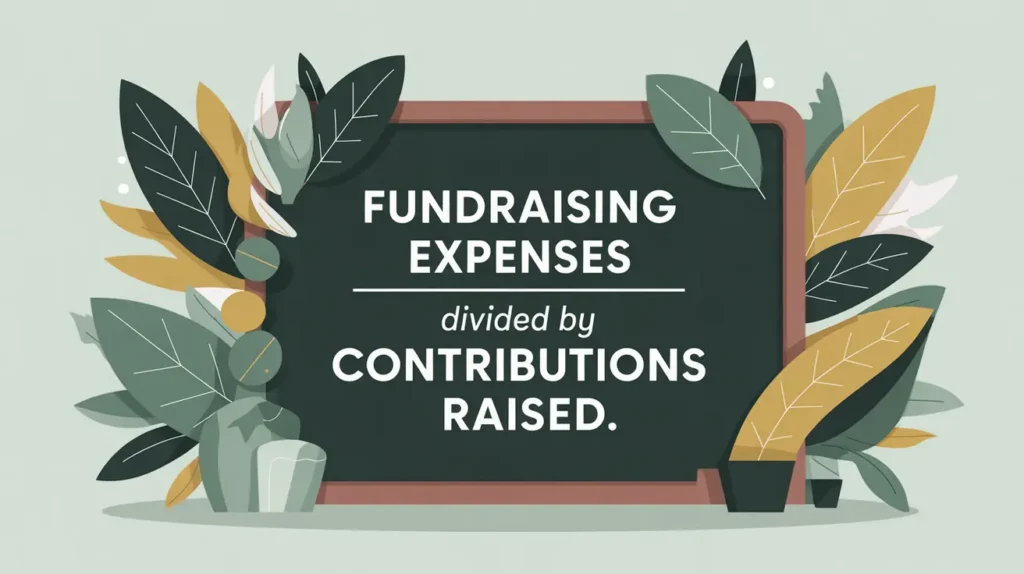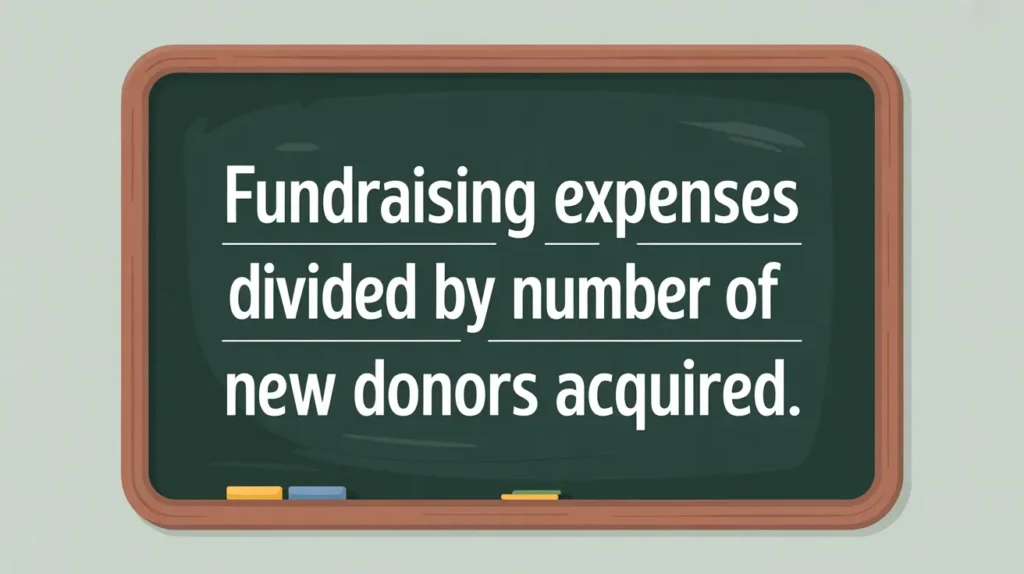Importance of Prospect Research & Pipeline Management
Prospect research and pipeline management help nonprofits identify, prioritize, and cultivate potential donors systematically. This matters because without a structured approach, nonprofits risk missing high-potential prospects or misallocating staff time. For organizations in social innovation and international development, effective pipeline management ensures that fundraising efforts are strategic, sustained, and aligned with mission goals. Boards and leadership value these practices because they provide visibility into the fundraising process and support accountability for revenue targets.
Definition and Features
Prospect research and pipeline management are defined as the processes of gathering and analyzing information about potential donors and organizing their movement through a structured cultivation cycle. Key features include:
- Prospect Research: assessing donor capacity, interests, and philanthropic history.
- Pipeline Stages: identification, qualification, cultivation, solicitation, and stewardship.
- Data-Driven Approach: uses wealth screening tools, databases, and relationship mapping.
- Forecasting: enables projections of likely gifts and revenue timelines.
These practices differ from general fundraising activities by providing systematic, evidence-based processes for prioritizing and managing donor relationships.
How This Works in Practice
In practice, nonprofits use prospect research to build donor profiles and track engagement. For example, a nonprofit might identify 200 potential donors with capacity to give $25,000+, then segment them by interest areas such as health, education, or climate. Pipeline management tools (e.g., CRMs) track movement through cultivation stages, allowing staff to forecast revenue and allocate resources effectively. Boards often play a role by opening networks and assisting with solicitations at later pipeline stages.
Implications for Social Innovation
For nonprofits in social innovation and international development, prospect research and pipeline management professionalize fundraising and increase efficiency. Transparent reporting reduces information asymmetry internally by showing staff and boards where prospects stand and what resources are needed to close gifts. Donors benefit from more personalized and relevant engagement, strengthening trust and long-term commitment. By investing in strong research and pipeline systems, nonprofits can scale fundraising capacity, diversify donor bases, and secure resources for systemic change initiatives.







